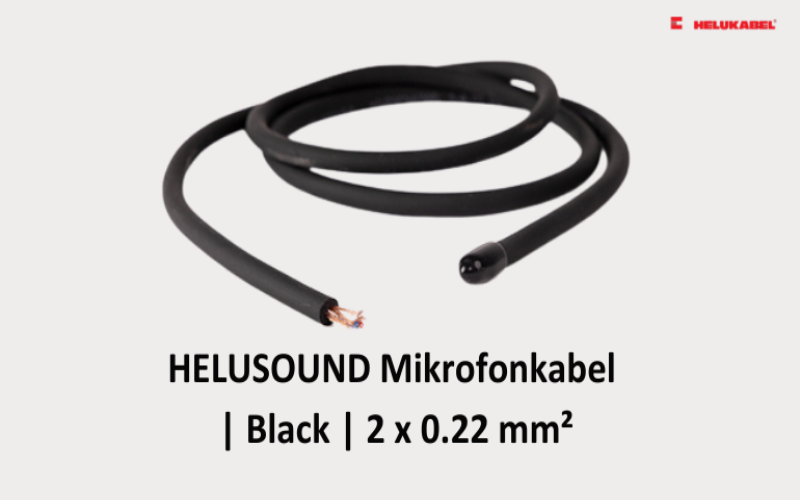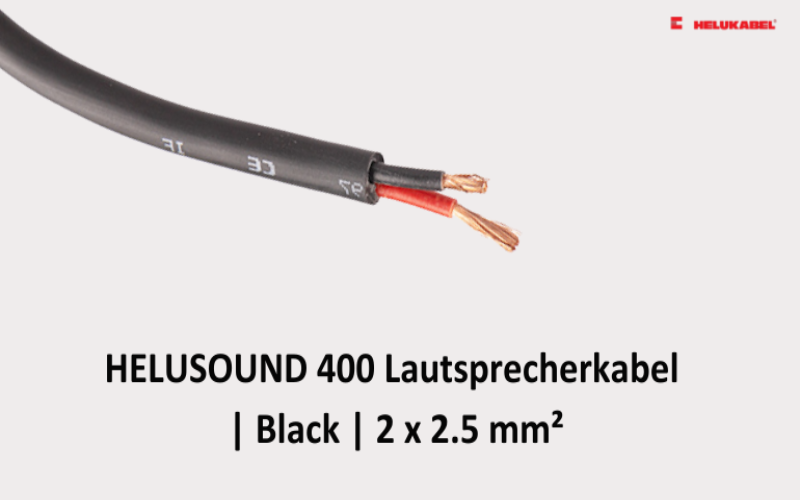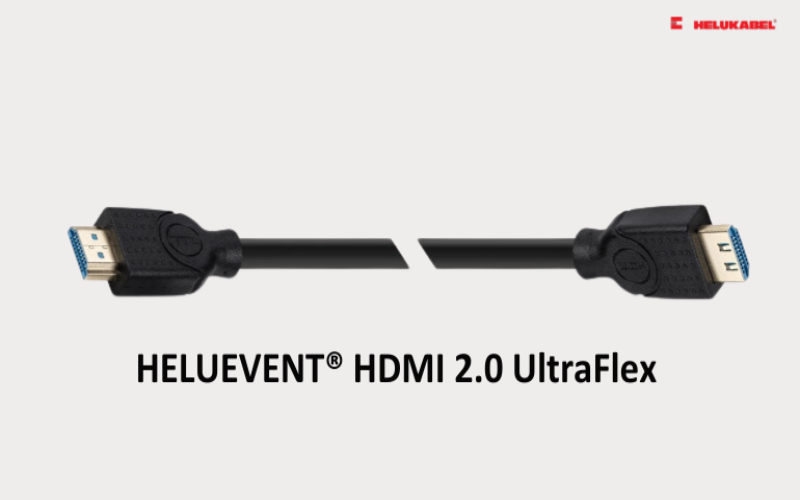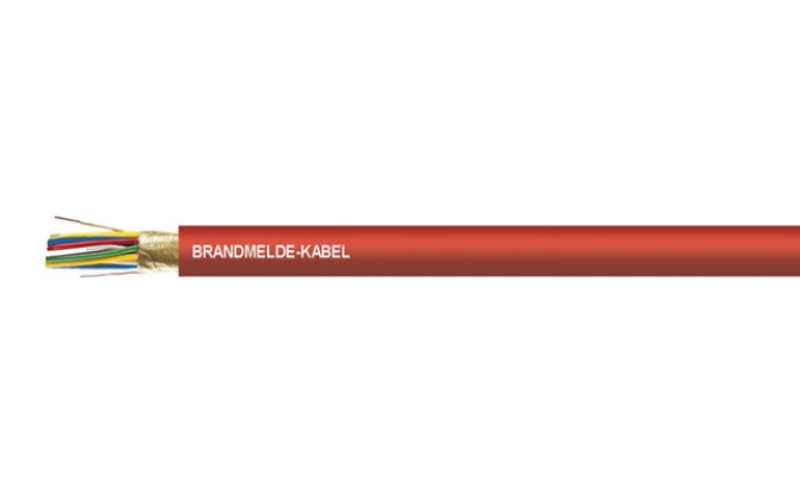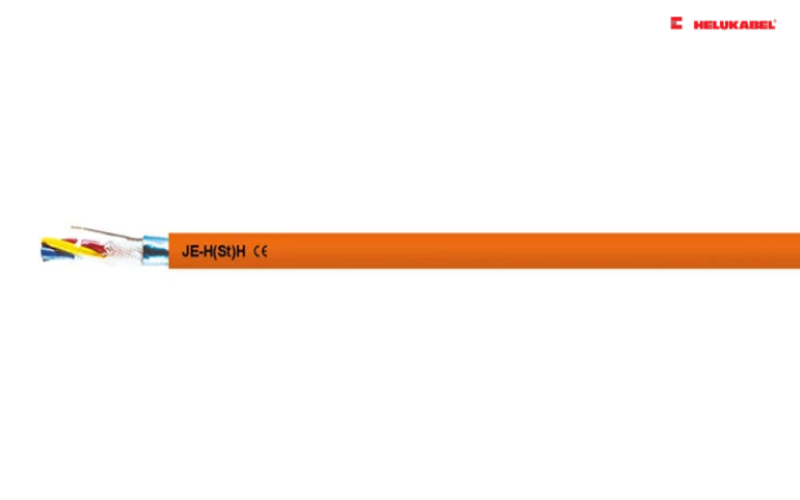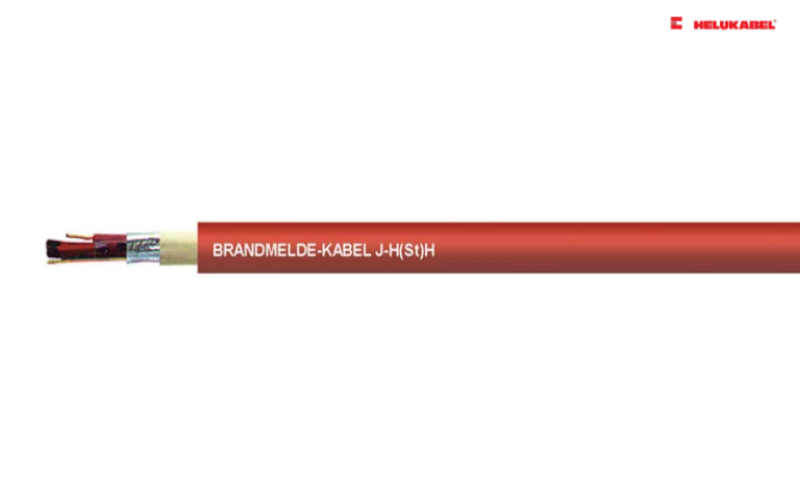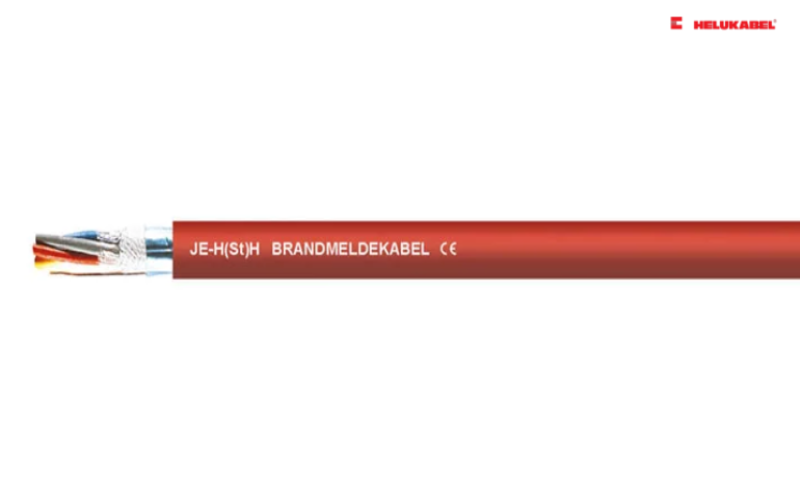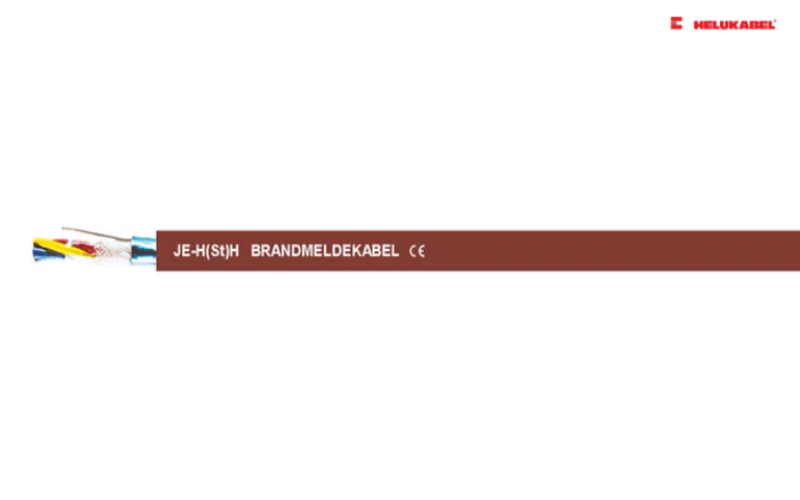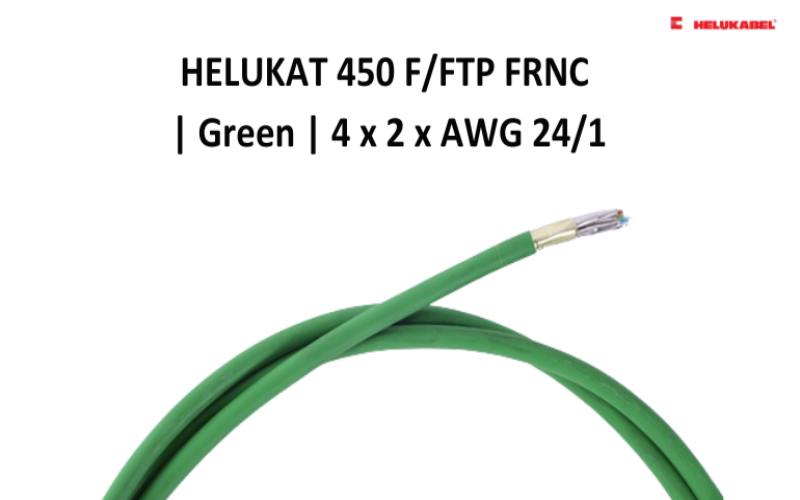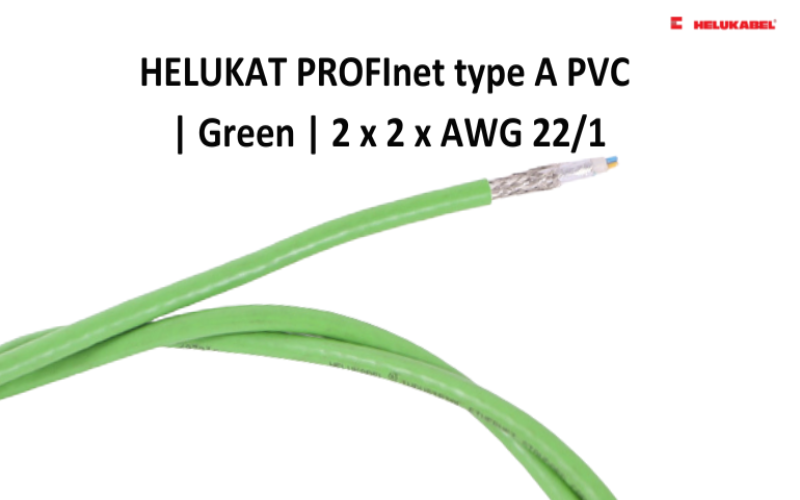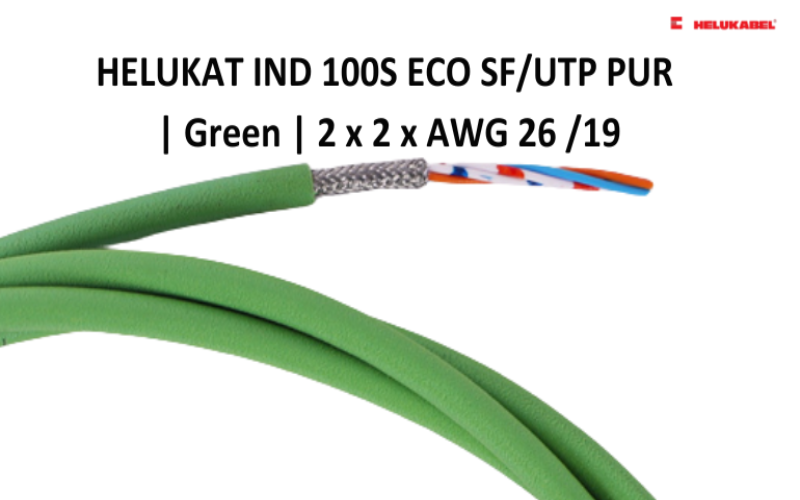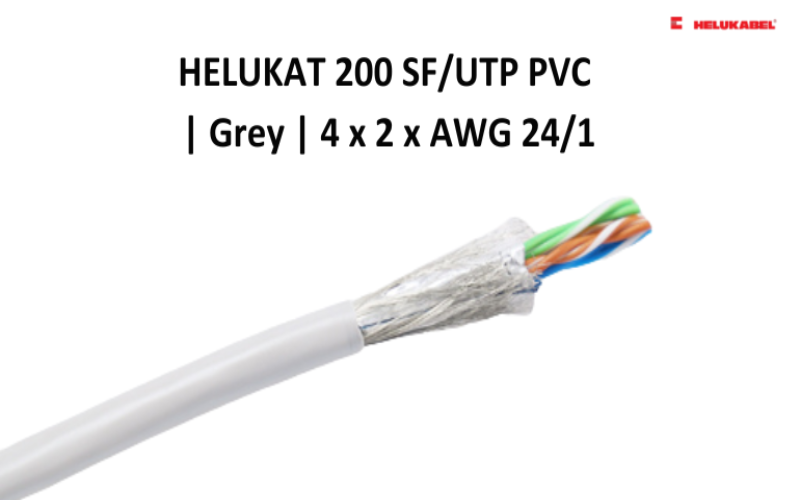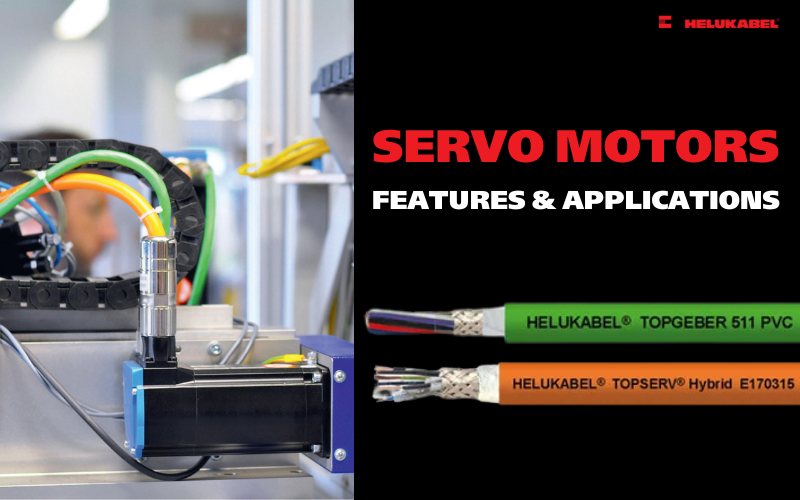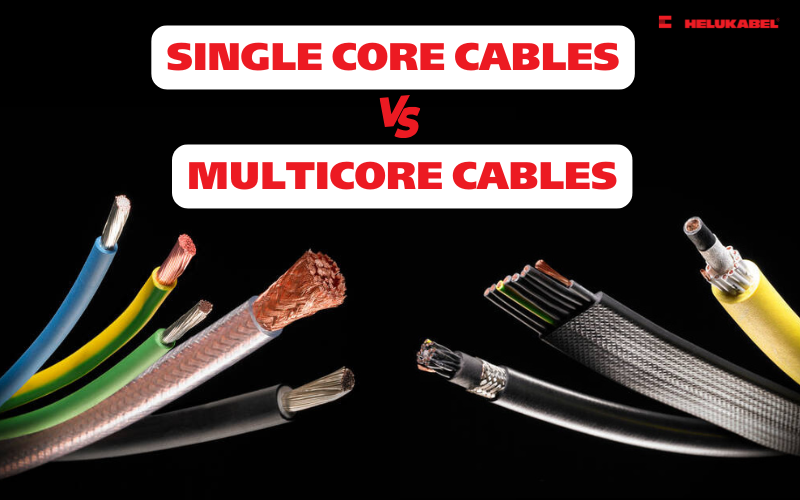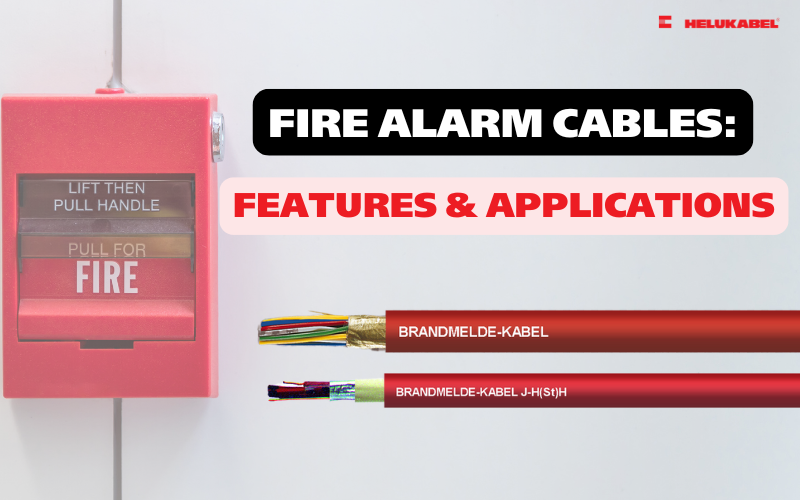Electric cables for households– A comprehensive guide
To wire a home, it’s essential to understand the characteristics of the household electrical network and choose suitable electric cables. Let’s explore these details in the following article!
Contents:
1. The structure of household electrical network
2. Household electrical network characteristics
3. Single-phase and three-phase systems in residential settings
4. Type of cables used in household electrical systems
5. HELUKABEL solutions for household electrical systems
Power supply cables, cables for lighting and sound systems
Cables for security and fire-alarm systems
Cables for household networking systems
1. How is a household electrical network structured?
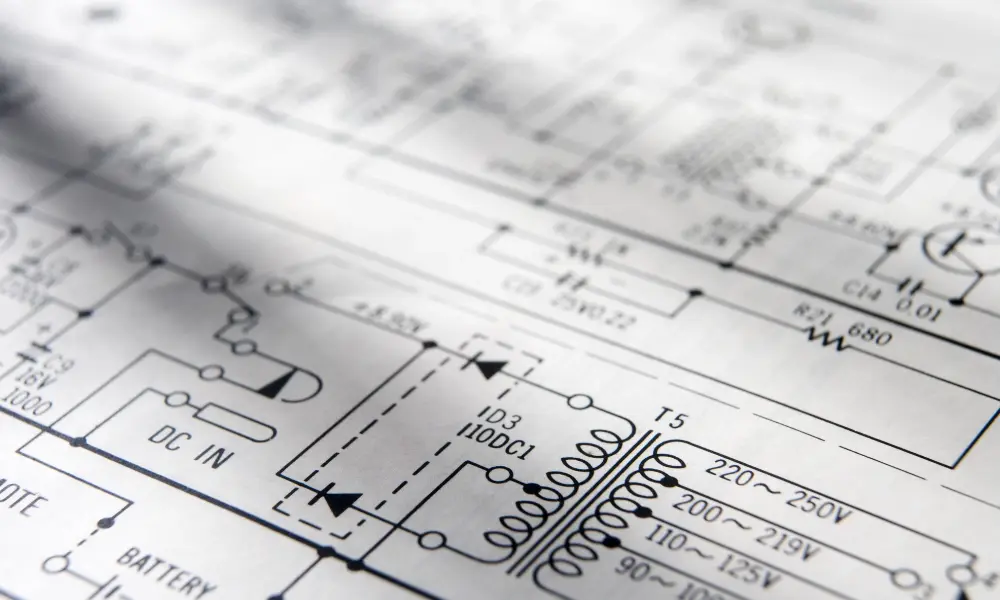
Depending on the number of devices and needs, a home electrical network can range from simple to complex structures. Some basic components include:
- Main circuit: This is the main power line coming from the electricity meter into the house, responsible for distributing electricity to branch circuits. It's the most critical part of the system, protected by devices like automatic circuit breakers to ensure safety.
- Branch circuits: These lines branch off from the main circuit, designed in parallel to independently supply electricity to specific areas or devices. They optimize electricity usage, allowing devices in different rooms to operate simultaneously without overloading the system.
- Protective devices: Components like MCB circuit breakers and RCDs prevent overloads, short circuits, or electrical leakage.
- Electricity meter: A device measuring household electricity consumption, acting as the connection point between the national grid and the home electrical network.
- Electrical appliances: End devices like sockets, switches, lighting fixtures, and household appliances that directly serve the user's needs.
2. Characteristics of a household electrical network

A household electrical network distributes power to devices while ensuring stable and safe operation. Key characteristics include:
- Voltage and current: In Vietnam, household electrical systems operate at 220V, adhering to IEC standards, with rated current ranging from 15A to 20A depending on device power consumption.
- Branch structure: A branched design simplifies maintenance and ensures uninterrupted electricity supply when issues occur in one branch.
- Protection devices and grounding: Proper grounding safeguards users against electric shocks.
- Energy efficiency: The system should be optimized to minimize energy loss. High-quality cables with appropriate cross-sections are crucial.
- Smart home integration: Modern homes often integrate smart electrical systems for remote device control and energy-saving automation, requiring specialized cables for lighting, security, control systems, and fire alarms.
3. Common power sources in residential settings
3.1 Single-phase two-wire system
This is the most common type, typically installed in households. Its structure includes one phase wire (hot wire) and one neutral wire (cold wire), delivering a standard voltage of 220V suitable for household appliances such as lights, fans, and refrigerators. The standout features of this power source are its simple design, ease of installation, and maintenance, making it suitable for most regular residential buildings.
3.2 Single-phase three-wire system
This system is favored for more advanced installations such as villas, apartments, or hotels due to its enhanced safety. In addition to the phase and neutral wires, this system includes a grounding wire. The grounding wire protects users and devices from the risk of electric shock caused by current leakage. With the same 220V voltage as the single-phase two-wire system, it is commonly used for modern appliances requiring higher safety standards, such as washing machines, ovens, or air conditioners.
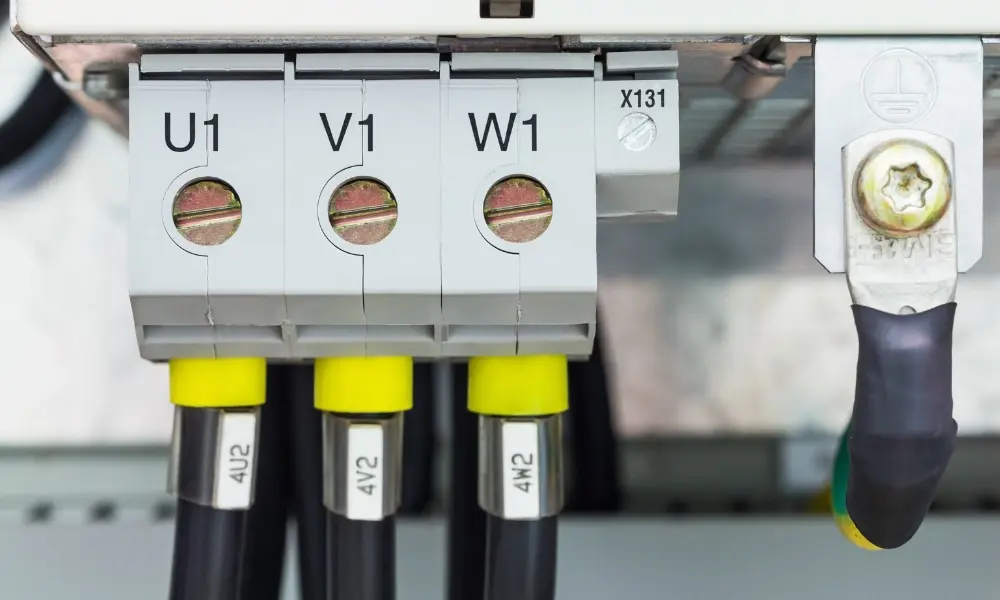
3.3 Three-phase four-wire system
This system is a suitable choice for households or small production facilities operating heavy machinery, such as grinders, cutting machines, or equipment requiring stable current. Its structure consists of three phase wires and one neutral wire, providing 380V voltage between the phases or 220V voltage between a phase and the neutral wire, ensuring high performance during operation.
3.4 Three-phase five-wire system
This is an advanced electrical system, less commonly used in residential buildings unless in special cases such as industrial devices or machinery with strict safety requirements. It includes three phase wires, one neutral wire, and one protective grounding wire. This configuration ensures maximum user safety by eliminating leakage current and minimizing the risk of electrical accidents. Although highly safe and efficient, the installation and operation costs of this system are high, making it more suitable for industrial projects or factories.
| Power sources | Number of wires | Applications | Safety level | Installation expenditures |
| Single-phase two-wire system | 2 | Residential home, basic apparatus | Medium | Low |
| Single-phase three-wire system | 3 | Villas, hotels, enhanced safety devices | High | Medium |
| Three-phase four-wire system | 4 | Small production, high-power machinery | Medium to high | High |
| Three-phase five-wire system | 5 | Industrial, high-requirement equipment | Very high | Very high |
4. Which type of cables should be used in household electrical systems
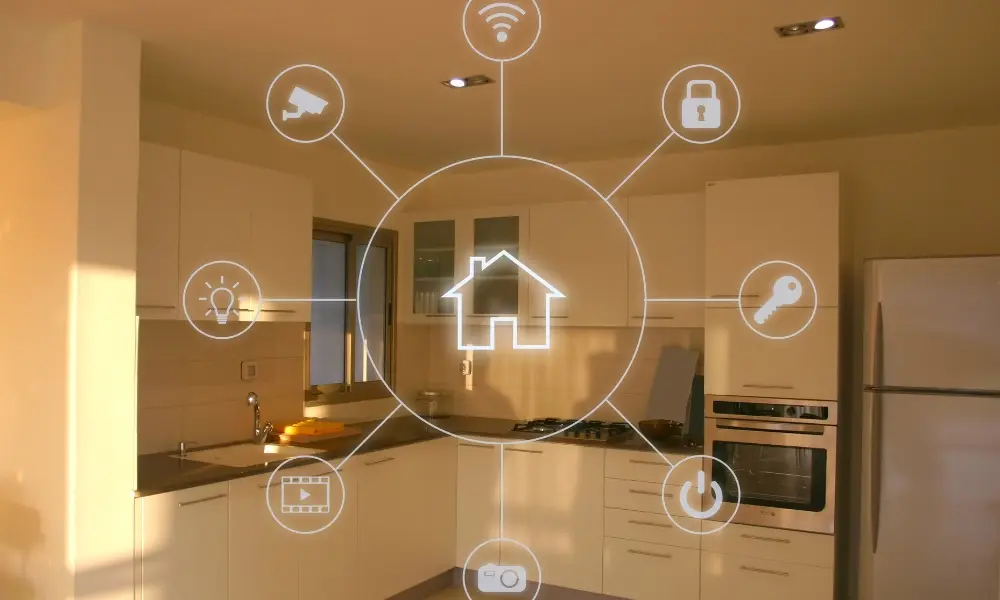
To determine the appropriate type of cables for household electrical systems, users should consider the following factors:
4.1 Identify the power source
Users need to identify the type of power source used in the household, such as single-phase or three-phase power. This depends on the household's energy requirements and the local power supply. Some households also combine solar energy with the national grid to optimize costs and minimize energy consumption. Determining the type of power source helps in selecting the right cables and designing a system that meets the home's electrical load requirements.
4.2 Determine the total power consumption
One of the most important principles in household electrical wiring is calculating the total power consumption of all electrical devices in the house. From lighting, fans, and TVs to high-power appliances like air conditioners, ovens, and water heaters, each device has a specific power consumption rating. Check the power rating indicated on each device and add them up to determine the total power requirement for each area in the house. Based on this calculation, you can select wires with appropriate cross-sectional areas to ensure efficient operation of the system without overloading it.
4.3 Select appropriate cables for each part of the system
Electrical cables should be chosen based on the branches of the electrical circuit and the characteristics of each area in the house. Key considerations when selecting cables for home electrical systems include:
- Cable cross-section: Choose cables with a cross-sectional area suitable for the load capacity. Undersized cables can overheat and cause short circuits or fires.
- Cable characteristics: For high-temperature areas like kitchens or outdoor spaces, select cables with good heat resistance. In areas with high humidity, such as bathrooms, choose cables with moisture- and water-resistant attributes.
5. HELUKABEL solutions for household electrical systems
Choosing the right cable system plays a crucial role in ensuring the efficiency and safety of household electrical systems. With years of experience in the industry, HELUKABEL offers optimal solutions for home wiring needs, tailored to meet the demands of modern residential systems.
5.1 Power supply cables
Power supply cables are essential components of home wiring, providing electricity to devices such as electrical tools, electrical panels, and lighting systems, ensuring smooth and reliable system operation. Recommended products include: H07RN-F rubber cable , JZ-500/OZ-500 , JZ-600/OZ-600 control cables , FIVENORM H05V2-K single-core cable , PAAR-TRONIC-Li-2YCYv cable …
5.2 Cables for lighting and sound systems
Lighting and sound systems not only provide illumination but also create an aesthetic and comfortable living environment. HELUKABEL offers specialized cables designed for high load capacity and durability, meeting entertainment and lifestyle needs. Highlighted products: HELULIGHT® DMX & Power , HELUSOUND® 500 PUR Speaker Cable , HELUSOUND® AES/EBU Digital-Audio , HELUSOUND® Microphone Cable , HELUSOUND® Instrument Cable , Coaxial and SAT/BK cables …
5.3 Cables for security and fire-alarm systems
In modern homes, security devices such as cameras, door sensors, and alarm systems are essential for family protection. HELUKABEL provides a variety of cables for these systems, ensuring safety and reliability. Recommended products: HELUKAT® 155 CAT.5e U/UTP PVC STATIC , HELUKAT® 600 CAT.7e S/FTP FRNC STATIC , TRONIC (LiYY) , HELUTHERM® 145 MULTI-C , HELUDATA® UL 2464 PVC-TP BLACK .
5.4 Sensor systems
Smart sensors such as light, temperature, or motion sensors are increasingly common in modern homes. HELUKABEL provides specialized data cables like BUS and PROFIBUS cables, ensuring stable and precise signal transmission.
Highlighted products: E-BUS / KNX PVC STATIC , CAN-BUS 0.50mm² 2-PAIR PVC STATIC
5.5 Cables for household networking systems
Depending on usage requirements and desired bandwidth, users can select high-quality LAN cables like Cat5e, Cat6, and Cat7e from HELUKABEL. Recommended products: HELUKAT® 200 CAT.5e SF/UTP PVC STATIC, HELUKAT® 300 CAT.6 U/FTP PVC FLEX, HELUKAT® 600 CAT.7e S/FTP FRNC STATIC…
If you still have any concerns or questions, don't hesitate to reach out to HELUKABEL Vietnam's engineering team promptly for detailed assistance.
HELUKABEL® Vietnam
| Address | 905, Nguyen Kiem Street, Ward 3, Go Vap District, Ho Chi Minh City 700000, Vietnam |
| info@helukabel.com.vn | |
| Hotline | +84 28 77755578 |
| Website | www.helukabel.com.vn |
| Discover our products and place orders | Tiki | Product finder |
| Follow us on | Facebook | LinkedIn | Instagram | Youtube | Zalo | WhatsApp | Tiktok | Spotify |

